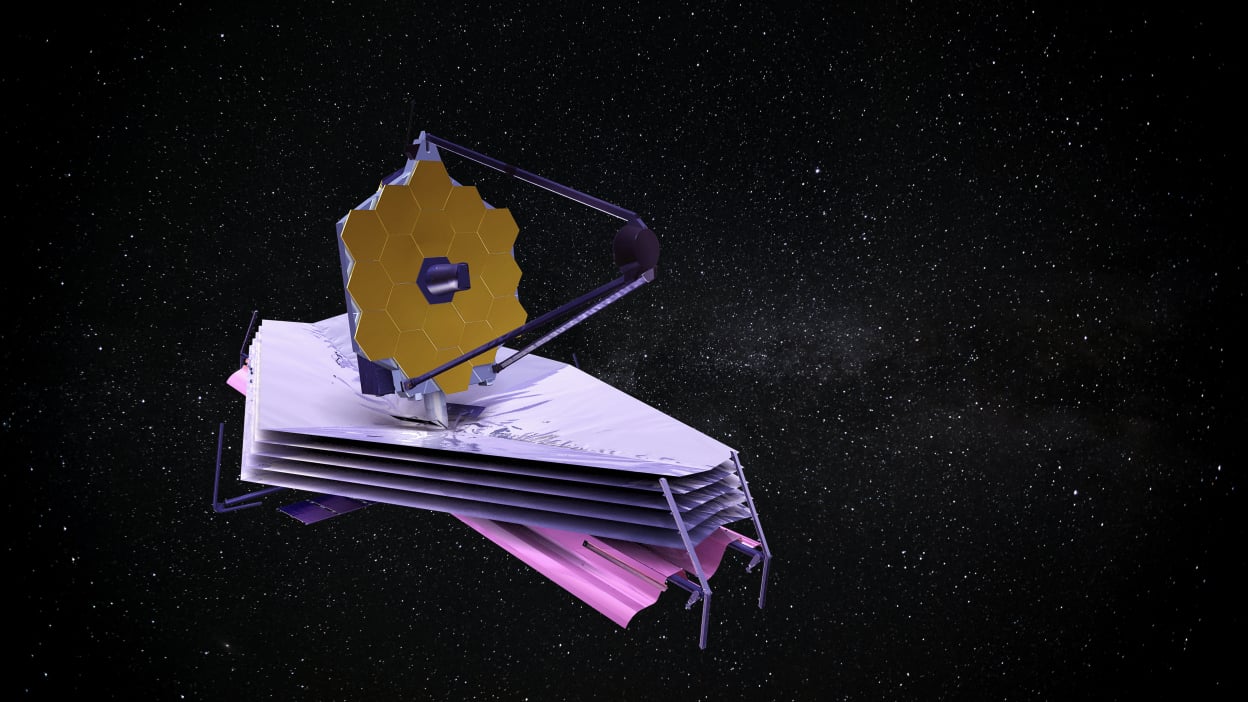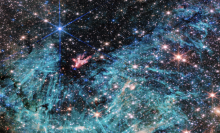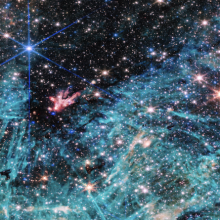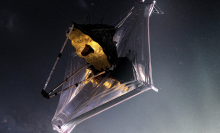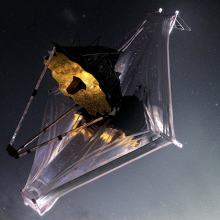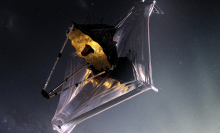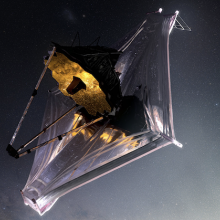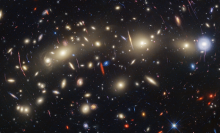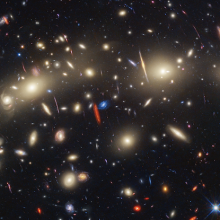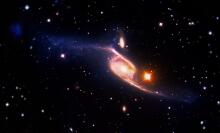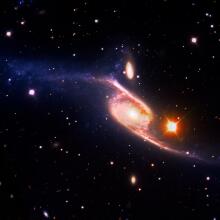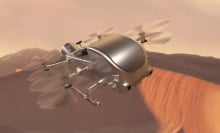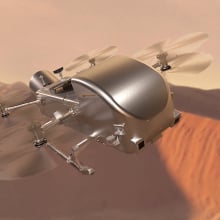A galaxy is a collection of billions of stars, their clinging solar systems, gas, and dust, all bound together by the invisible force of gravity.
So it's hard to imagine astronomers could detect one of these colossal realms with a ground-based telescope, only to peer through a powerful telescope in space and see no trace of its existence — just a deep and endless void of darkness.
Scientists first discovered Aztecc71 with a camera on the James Clerk Maxwell Telescope in Hawaii. But when they searched for the galaxy with NASA's Hubble Space Telescope, it had completely vanished.
It took the James Webb Space Telescope, the leading infrared space observatory, to win at hide-and-seek. There it was: a faint but distinct galaxy, popping out hundreds of new stars every year.
For scientist Jed McKinney, a postdoctoral researcher at the University of Texas at Austin, its rediscovery is a game changer, hinting at the possibility that Webb will find many others of its kind, existing long ago in cocoons of dust.
"We can study for the first time the optical and infrared properties of this heavily dust-obscured, hidden population of galaxies,” McKinney said in a statement. "Not only can (Webb) stare back into the farthest reaches of the universe, but it can also pierce the thickest of dusty veils."
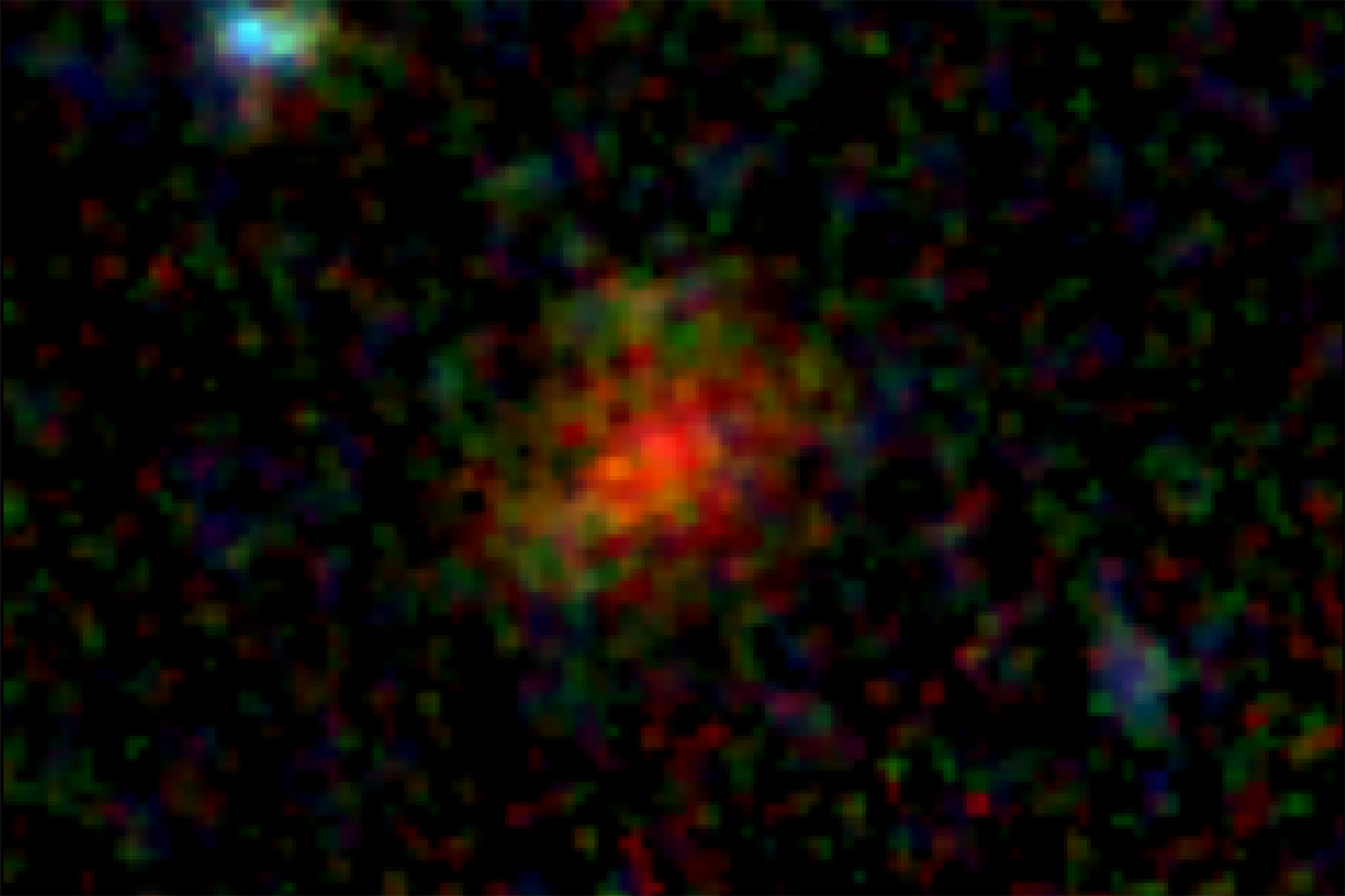
Aztecc71 is a star-forming galaxy in the emerging ancient universe. Its buzz of activity is hard to observe because it's concealed in a cloak of dust. Researchers estimate the Webb images capture the galaxy at about 900 million years after the Big Bang. Given that most scientists believe the universe is 13.8 billion years old today, that period can still be considered the universe's infancy.
Galaxies like Aztecc71 were once assumed to be rare in the early universe. But this discovery suggests they might be three to 10 times as common as expected, according to a new paper on the finding, published in The Astrophysical Journal.
Scientists have earmarked over a dozen more candidates in the first half of COSMOS-Web data, the largest initial Webb research initiative to map up to 1 million galaxies in a particular area of the sky to study early structures of the universe.
Admittedly, the Webb image of the galaxy looks like a smudgy little blob, the researchers say.
"The fact that even something that extreme is barely visible in the most sensitive imaging from our newest telescope is so exciting to me," said McKinney, who co-led the investigation. "It’s potentially telling us there’s a whole population of galaxies that have been hiding from us."
The key to Webb's success in finding Aztecc71 was its infrared vision, a type of light that is invisible to human eyes. Webb, a collaboration of NASA, the European Space Agency, and the Canadian Space Agency, is observing some of the oldest, faintest light in the universe. The powerful telescope, orbiting the sun about 1 million miles away, will study a period less than 300 million years after the Big Bang, when many of the first stars and galaxies were born.

Want more science and tech news delivered straight to your inbox? Sign up for Mashable's Light Speed newsletter today.
In astronomy, looking farther translates into observing the past, because light and other forms of radiation take longer to reach us. In Hubble's deepest image, the oldest visible galaxies date back to the first 800 million years after the Big Bang.
But Webb was built to see an even earlier period, using a much larger primary mirror than Hubble — 21 feet in diameter versus just under 8 feet — and detecting invisible light at infrared wavelengths.
In short, a lot of dust and gas in space obscures the view to extremely distant and inherently dim light sources, but infrared waves can penetrate through the clouds. A NASA scientist once compared the infrared telescope's sensitivity to being able to detect the heat of a single bumblebee if it were on the moon.
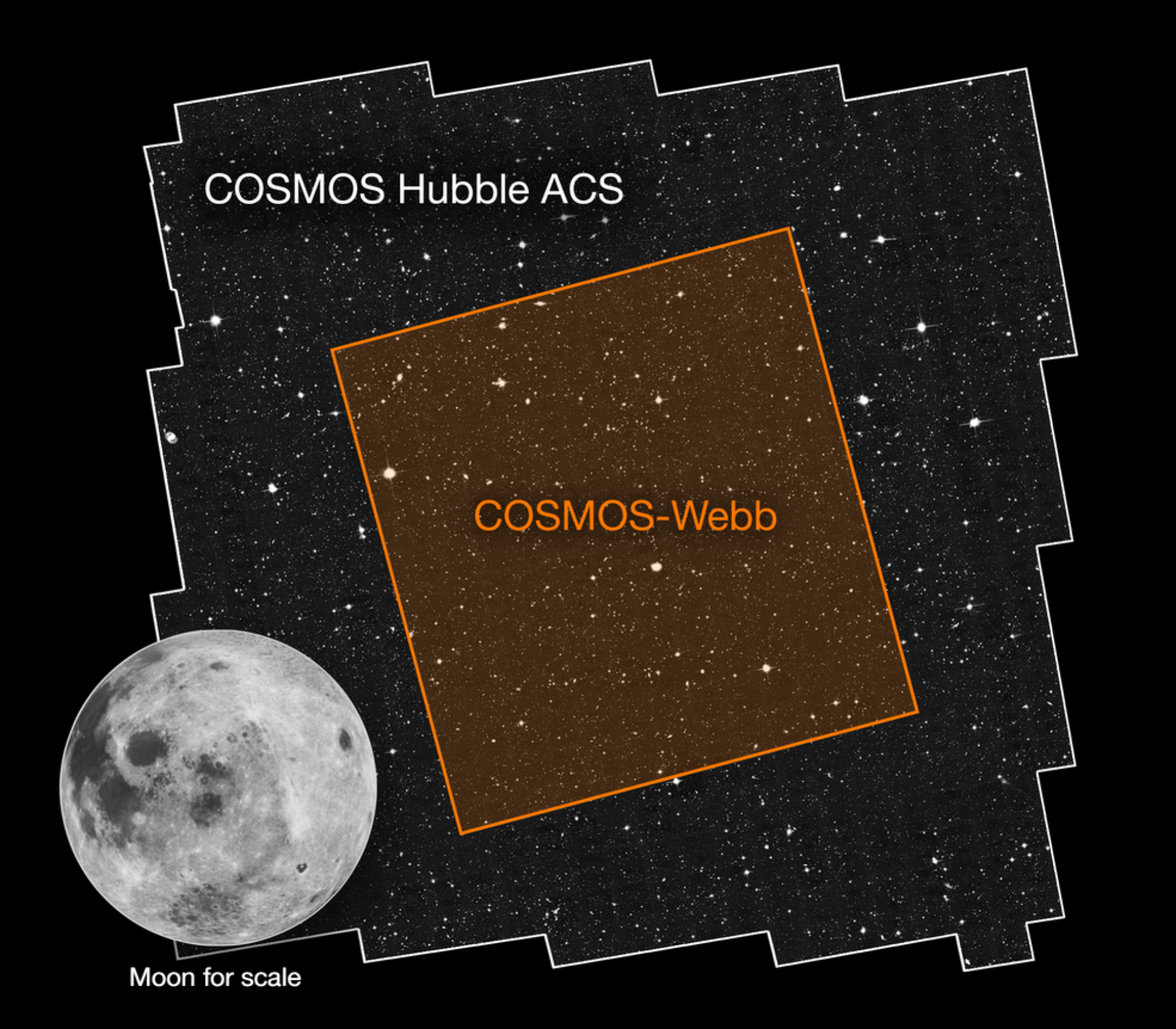
Hubble couldn't detect Aztecc71 because much of its starlight is absorbed in the dusty cocoon, then re-emitted at longer wavelengths. Before Webb, astronomers coined a term for these: Hubble dark galaxies.
McKinney and the research team believe the early universe could be teeming with other such dusty galaxies, simply playing a game of peekaboo with our telescopes. The prior scientific thinking has been that this early era was more spick and span, with less surrounding dust because there hadn't been generations upon generations of supernovas blowing up and dispersing stellar particles through space.
"That means our understanding of the history of galaxy evolution is biased," he said. "We (were) only seeing the unobscured, less dusty galaxies."
Topics NASA
